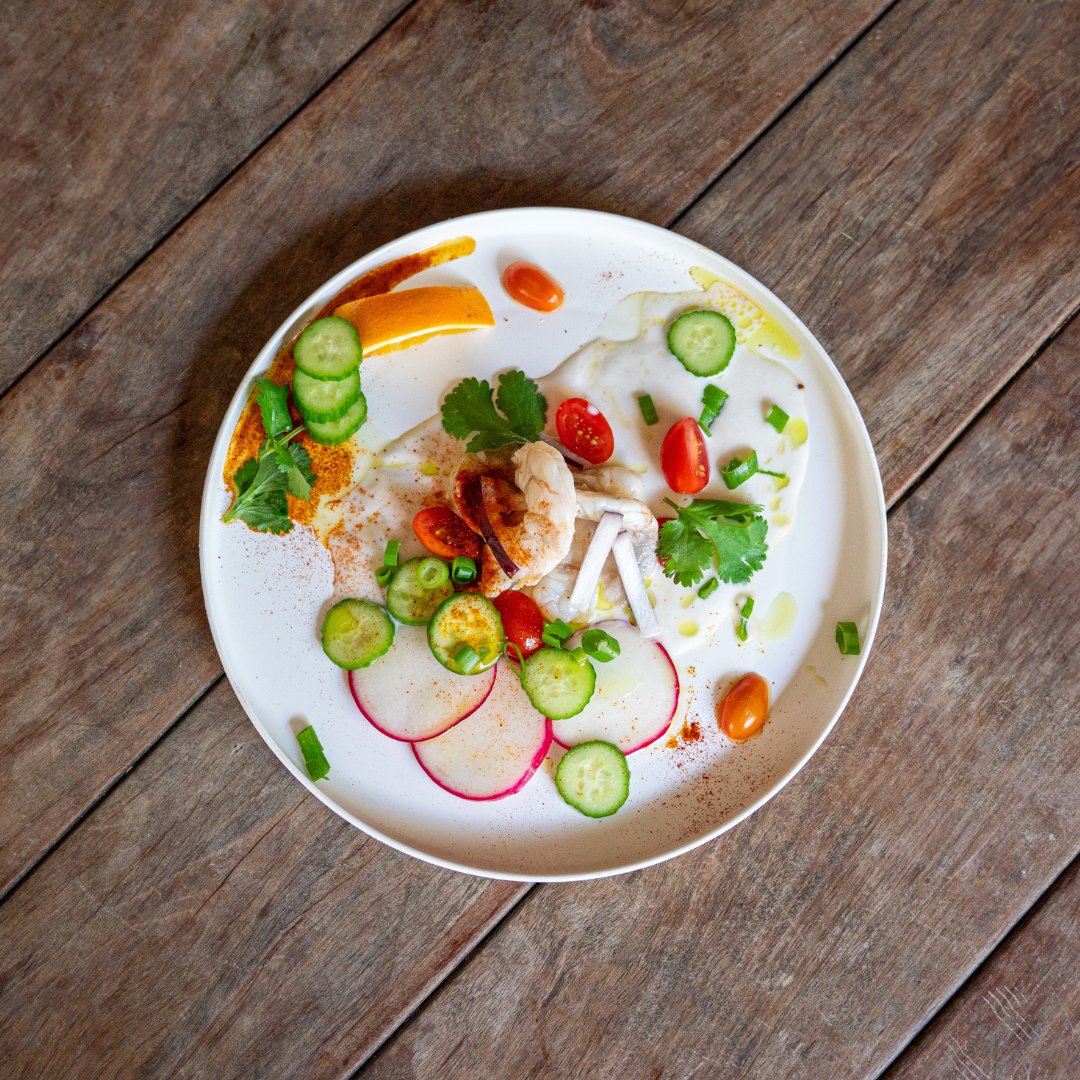Remembering the Sweet Smell of Central Florida Citrus
Writer Eric Barton takes us on a trip through the organge groves in a culinary celebration of state's our iconic fruit
The signature scent of Central Florida that drifts out from the orange groves when temps are still a bit cooler has long since vanished, washed away by a wave of late summer heat and rain storms. This time of year, those massive machines farmers use to water, fertilize and groom the orange groves sit quietly on the banks of the drainage canals they dig in lines as straight as a paper’s edge, the citrus trees flowerless and fruit just tiny dots of orange fighting through the green.


But in spring, it comes on as strong as an overly perfumed guest showing up late for dinner. The orange blossoms mark a line, starting somewhere south of Daytona and continuing on near Stuart and across the state to Bradenton. There aren’t as many orange groves in Florida as there used to be, not by a lot. But, in the spring that sweet smell still hangs in the air in some places, especially at night. It’s a scent, for me at least, that reminds me of cool nights with the windows rolled down in Polk County back in the day.
There’s a second aroma too of Central Florida. It comes from the great stainless steel buildings where they roast orange peels to turn them into cattle feed. It’s tart, like cocktail bitters or pucker candies, sometimes unpleasant and burnt. It’s also sometimes sweet like marmalade, like the good-evil dichotomy of this state we live in.
In this issue of Flamingo, there’s a photo taken by Carlton Ward Jr. of a man walking the edge of a citrus trailer, the kind who travels county roads between sandy phosphate strip-mines. He’s teetering on the edge, just maybe, hopefully, going to stay upright. Ward shares the photo in his Florida Wild column as a way to illustrate the efforts to use orange groves to help save the Florida panther. But it’s also a photo that seems symbolic of the Florida citrus industry, balanced just on the edge.


When we first wrote about the citrus industry in 2016, it employed 62,000 people and boasted a value of $10.8 billion. Now, there’s 33,000 employees and a value on the industry of $1.5 billion. It’s one of Florida’s original, iconic crops, and it’s recently lost about nine-tenths of its value.
Luckily for us, it’s not completely gone. And come winter, we’ve still got those easy-peeling Orlando tangelos, and the honeybells are as sweet as pecan pie. Having lived in Fort Pierce for a bit, I’ll also always buy any citrus crate stamped with Indian River, where some combination of soil and maybe the salty air off the ocean birth fruit with a perfect balance of acid and sugar.
When bushels start appearing on the backs of pickups parked outside Winter Haven, it’s time to start thinking of recipes with oranges. Orange juice makes for a good addition to barbecue sauce, or add the zest to a marinade for grilled shrimp. If you find yourself with some sour oranges, try a traditional Florida pie or maybe one of my favorite drinks, tinto de naranja (a teaspoon of simple syrup, a couple tablespoons of sour orange juice, a couple ounces of club soda, a glass of Spanish red wine and lots of ice). There’s also a distillery in St. Pete that produces an orange liqueur that goes well in a manhattan.


The Florida citrus industry might have found itself in tough times, but what we get from those trees, both in those nylon string sacks from roadside stands and drifting in the air, will hopefully remain. Back in 1872, Harriet Beecher Stowe, a part-time Floridian, wrote about this very thing, and we’ll let her have the last words:
“But what a bouquet of sweets is an orange-tree! Merely as a flowering-tree it is worth having, if for nothing else. We call the time of their budding the week of pearls. How beautiful, how almost miraculous, the leaping-forth of these pearls to gem the green leaves! The fragrance has a stimulating effect on our nerves, a sort of dreamy intoxication. The air, now, is full of it. Under the tree the white shell-petals drift, bearing perfume.”





